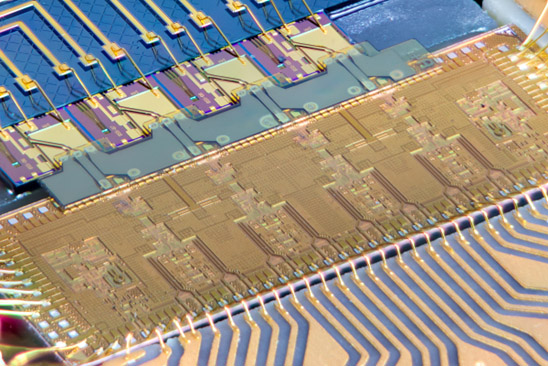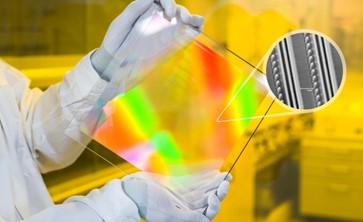Fraunhofer IOF and partners present concept for innovative research infrastructure
With the "National Laboratory for Photonic Science and Technology" (NLP), the Fraunhofer Institute for Applied Optics and Precision Engineering IOF, the Fraunhofer Institute for Telecommunications, Heinrich Hertz Institute, HHI and the Max Planck Institute for the Science of Light MPL have developed a concept for a new, innovative research infrastructure for the expansion of photonics in Germany and submitted it to the BMBF for evaluation as part of the "Procedure for Prioritizing New Research Infrastructures".




